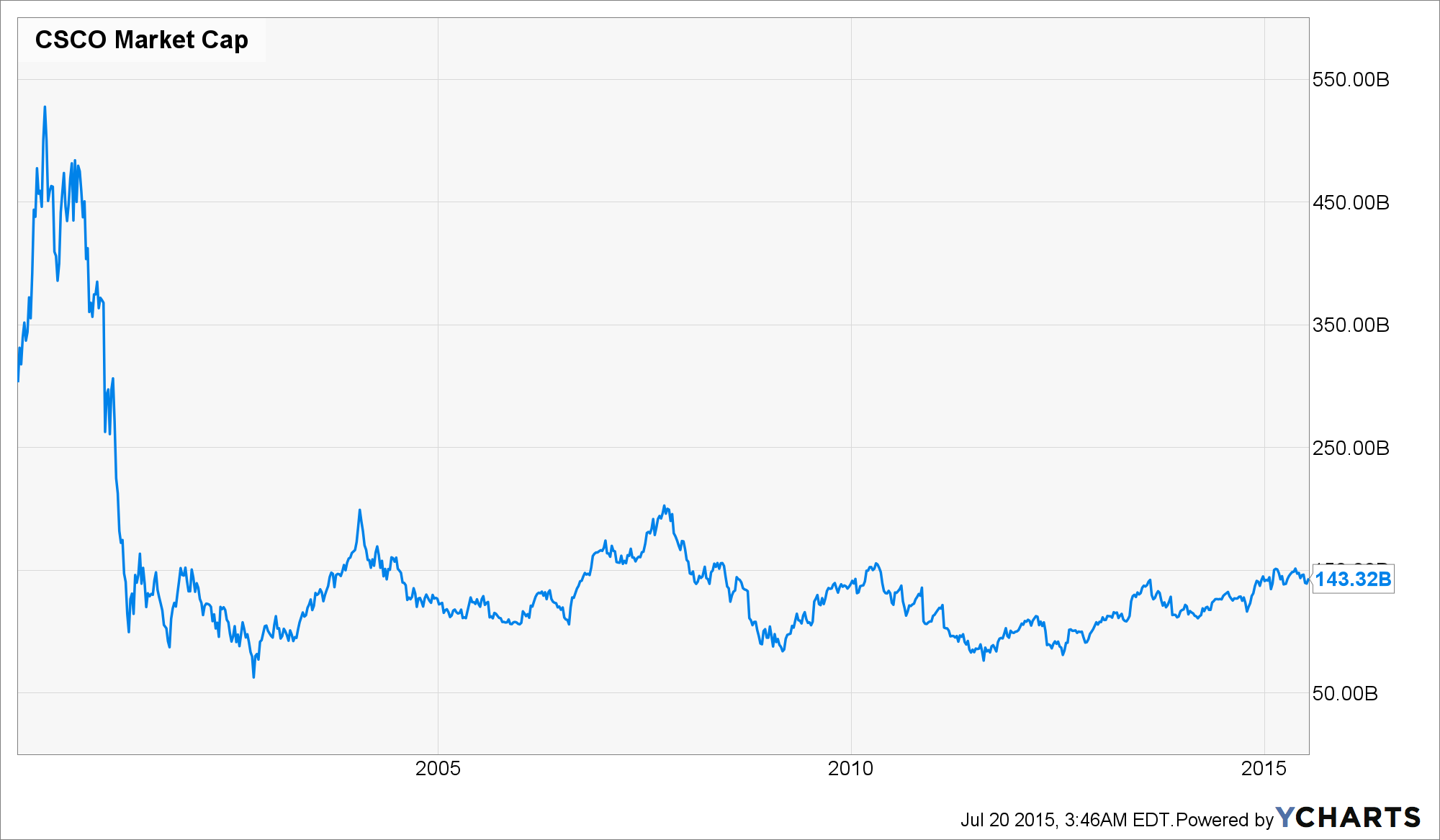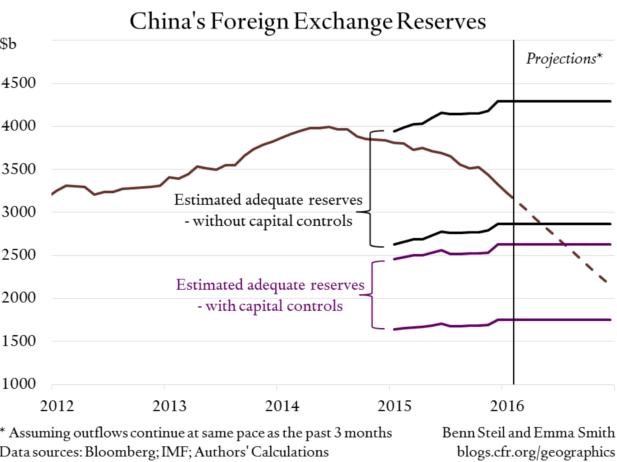Ludwig von Mises once wrote that all of economics can be neatly summed up in one of two studies: either you are studying how prices come into being, or you are studying how markets allocate goods. All economic problems can be distilled into one of these two categories.
Prices and markets are innocuous concepts – they exist in various forms, and to paraphrase Adam Ferguson, “they are the work of human hands, but not of human design.” Both prices and markets are natural phenomena that have come into being as the result of our actions, and they serve no other purpose than facilitating our ends.
Yet from time to time, and the current time being a good case in point, prices and markets are viewed with much more sinister spectacles. Prices come to be seen as “right”, or more usually, “wrong”. They are too high or too low. Much sovereign debt is trading at a high price, too high if you believe some analysts. This is a function of its interest rate being low, too low as the case may be. The healthcare debacle in the United States is the consequence of a widespread belief that medical prices are too high, or more aptly that health insurance is too expensive.
Markets are those various places where prices come alive. Unsurprisingly, when prices seem “wrong” to people it must be that the markets that allow them to arise are themselves not functioning correctly. Main Street is in the midst of a recession, though Wall Street seems to be relishing record high stock prices. Might something be amiss in the financial markets? Millions of people are out of work, and yet the labour market seems woefully inept at getting jobs to them.
The apparent mispricings and market failures lead to many calls for changes to rectify these perceived errors. What is missing is some real thought into why it is that these prices and markets do not coincide with what we perceive to be the “right” price, or “well functioning” markets.
It is in response to these misgivings that I proudly announce The Journal of Prices & Markets, a scholarly peer-reviewed journal published bi-annually in collaboration with the Ludwig von Mises Institute of Canada.
The Journal’s goals are straightforward.
First, it is an outlet for those interested not in the glossy superficial nature of events, but the real underlying phenomena shaping them. The journal is not concerned with overly elaborate constructivist plans to recreate the wheel. We don’t need to invent new prices or markets when the old ones no longer seem sufficient at serving their original purposes. What we need is critical analysis into why current events seem so dysfunctional.
Second, and perhaps more importantly, The Journal of Prices & Markets stresses the lost art of relevance. Economics is a beautiful science that should serve the purpose of enlightening us. Instead it has gotten to the state where it creates confusion. As the jokes go, economists predicted ten of the last five recessions, and if you want a second opinion on something, just call back the economist you originally asked. Economists cannot even seem to reach agreement amongst themselves on simple questions, and in a bid to convince each other of their correctness they seek ever more levels of complexity in their theories. Complexity is not necessarily a bad thing, but we should never lose sight of the original question.
Economics aimed at relevant issues is what the doctor ordered, not economics aimed at irrelevant problems created by economists through their ever-increasingly complex answers to simple questions.
With its world-class editorial board behind it, the Journal seeks to further these aims by serving up a healthy dose of theory and practice.
Each issue will contain five editorials by specialists in their fields. These editorials will bring relevant and current problems to light, and enlighten the reader with analysis that is both elegant and simple. They will solve the age-old problem of economic analysis – how to give an obviously correct answer to a non-trivial question.
For the learned reader looking to delve more deeply into the problems at hand, each issue of The Journal of Prices & Markets offers longer scholarly and peer-reviewed articles. Written by academics, these articles explore the finer details of price formation and market allocations. For the bookworms, the Journal even has reviews of the books you should be reading to understand the world, as well as what you should be looking for as you read them.
Interested? Why not visit the website and put your name on the email list to receive updates when articles are published. If you are an academic, or know someone who is, and are interested in contributing to the Journal, please visit the submissions page for more details.



Dr. Howden, I note that you will be writing a regular column “Unintended Consequences” giving a look at the changing regulatory landscape and some of the unforeseen side effects to be expected. Good luck with that! Here in the States, Health and Human Services, a progressive misnomer, all on its own is churning out hundreds of new regulations daily in order to fulfill its mandate of imposing the (un)affordable (we don’t really) care act(tax) upon we the people. Piled on the unceasing flow of regulations from the acronyms EPA, NLRB, FDA, SEC and on into infinity it boggles the mind you are even attempting this Sisyphean task. The current regime even has a “Regulatory Czar”, at first Animal Rights activist Cass Sunstein, {http://en.wikipedia.org/wiki/Cass_Sunstein#Animal_rights}, and now a Howard Shelanski is proposed to take charge {http://thehill.com/blogs/regwatch/administration/296523-regulatory-czar-pick-is-an-unknown-in-the-battle-over-new-rules}. Then there are the inevitable burdens which will be the consequence of putting the apparently corrupt IRS in charge of regulating and enforcing the aforementioned no-care act. With them in charge, all that will be healthy is the growth of government and all that implies. You will never lack for material. I note that your regular columnists feature experts on Australia, Europe and South America, but not Asia. As China has one of the most regulated economies with a pulse, I’m somewhat surprised by its absence. Sign me up!
A very good post – well written and important.
Yes – economics (life) depends on price signals not be obstructed.
Not by subsidies (as with credit bubble Wall Stree) and not by regulations (as with unemployment).